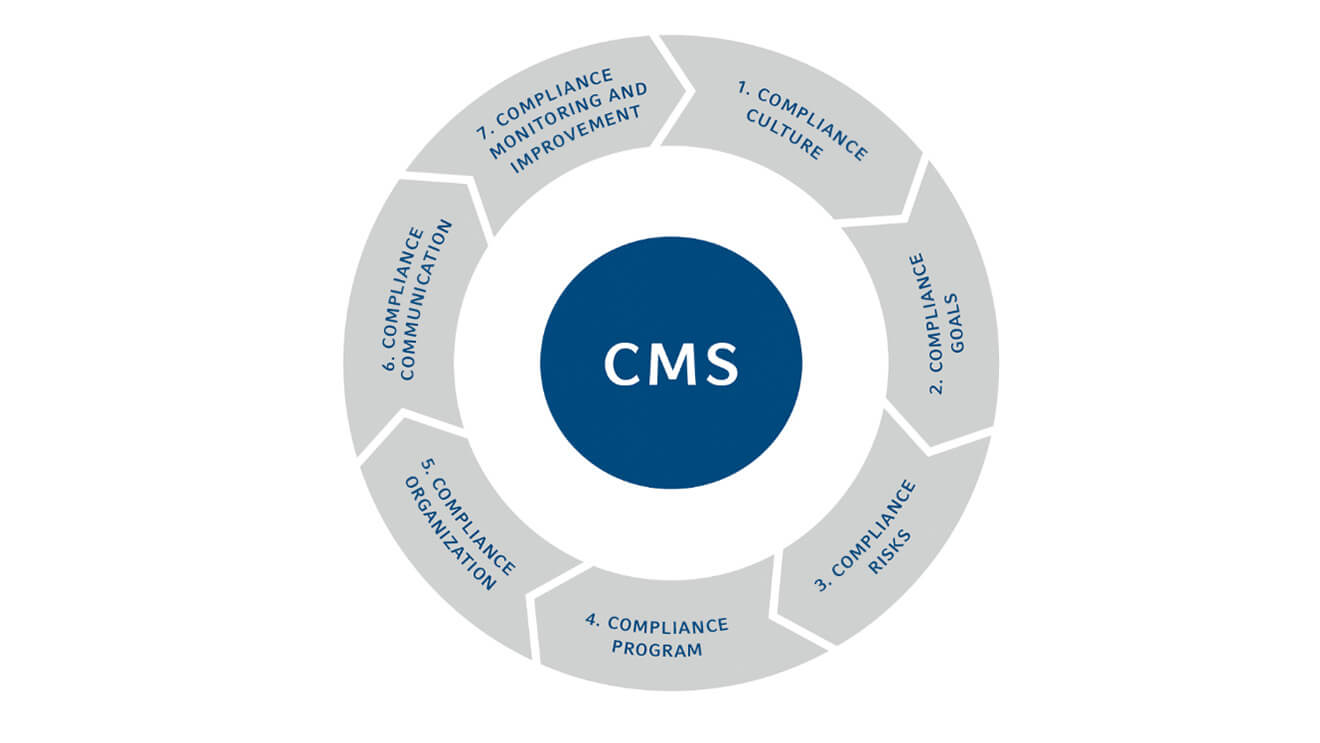Business
What is a compliance management system? (CMS)

In today’s ever-evolving business landscape, compliance with regulations and standards is not just a legal requirement but a crucial aspect of maintaining trust, protecting assets, and sustaining growth. As organizations face increasingly complex regulatory environments, the need for robust Compliance Management Systems (CMS) becomes more pronounced. This comprehensive article explores the intricacies of CMS, its components, benefits, and its pivotal role in modern business operations.
What is a compliance management system (CMS)?
A Compliance Management System (CMS) is a structured framework adopted by organizations to ensure adherence to various regulations, standards, internal policies, and codes of conduct relevant to their operations. It serves as a cohesive mechanism to identify, assess, monitor, and mitigate compliance risks effectively. By implementing a CMS, organizations aim to foster a culture of compliance, minimize legal and regulatory exposure, and uphold ethical business practices.
Components of a compliance management system
- Policies and procedures: At the core of any CMS are well-defined policies and procedures that articulate the organization’s commitment to compliance and provide guidance on regulatory requirements. These documents serve as a roadmap for employees, outlining their responsibilities and expectations regarding compliance.
- Risk assessment: Conducting regular risk assessments is essential for identifying potential compliance risks associated with the organization’s activities, processes, and business environment. By evaluating the likelihood and impact of these risks, organizations can prioritize mitigation efforts and allocate resources effectively.
- Compliance training: Comprehensive training programs play a crucial role in ensuring that employees understand their compliance obligations and are equipped with the necessary knowledge and skills to fulfill them effectively. Training initiatives may cover various topics, including regulatory requirements, ethical conduct, data privacy, and cybersecurity.
- Monitoring and auditing: Continuous monitoring and periodic auditing are integral components of a robust CMS. These processes involve the ongoing review of activities, processes, and controls to detect compliance breaches, identify areas for improvement, and ensure corrective actions are implemented promptly.
- Reporting and documentation: Establishing clear mechanisms for reporting compliance issues and maintaining accurate documentation is essential for accountability and transparency. Effective reporting enables organizations to address compliance issues promptly and demonstrate their commitment to regulatory compliance.
Benefits of implementing a compliance management system
- Mitigation of legal and regulatory risks: By proactively identifying and addressing compliance requirements, organizations can reduce the risk of facing legal penalties, fines, or reputational damage due to non-compliance. A robust CMS helps organizations stay abreast of regulatory changes and adapt their compliance strategies accordingly.
- Enhanced operational efficiency: A well-implemented CMS streamlines processes, reduces errors, and improves efficiency by providing clear guidelines and standards for operations. By automating compliance-related tasks and workflows, organizations can allocate resources more efficiently and focus on strategic initiatives.
- Protection of reputation: Maintaining a strong commitment to compliance enhances an organization’s reputation and fosters trust among stakeholders, including customers, investors, and regulatory authorities. By demonstrating integrity, transparency, and accountability, organizations can build long-lasting relationships with stakeholders and differentiate themselves in the marketplace.
- Cost savings: Effective compliance management can lead to cost savings by minimizing the financial impact of non-compliance, such as fines, legal fees, and operational disruptions. By proactively addressing compliance risks and implementing preventive measures, organizations can avoid costly penalties and preserve their financial resources.
- Competitive advantage: Demonstrating a commitment to compliance can provide a competitive advantage by positioning the organization as a trustworthy and reliable partner in the marketplace. In an environment where integrity and ethical conduct are increasingly valued, organizations that prioritize compliance can gain a competitive edge and attract customers, investors, and business partners.
Significance of compliance management systems in today’s business environment
In today’s interconnected and regulated business environment, compliance management has become indispensable for organizations seeking to operate ethically, sustainably, and profitably. With the proliferation of regulations, standards, and industry best practices, navigating compliance requirements has become increasingly complex and challenging. Organizations that invest in robust CMS are better equipped to address these challenges and adapt to evolving regulatory landscapes.
Conclusion
Compliance Management System (CMS) is a vital component of modern business operations, enabling organizations to navigate regulatory requirements, mitigate risks, and uphold ethical standards. By implementing a comprehensive CMS, organizations can enhance operational efficiency, protect their reputation, and gain a competitive edge in today’s dynamic business environment. Embracing a culture of compliance is not just a legal obligation but a strategic imperative for long-term success. As regulatory requirements continue to evolve, organizations must remain vigilant and proactive in their approach to compliance management to ensure sustained growth and resilience.
